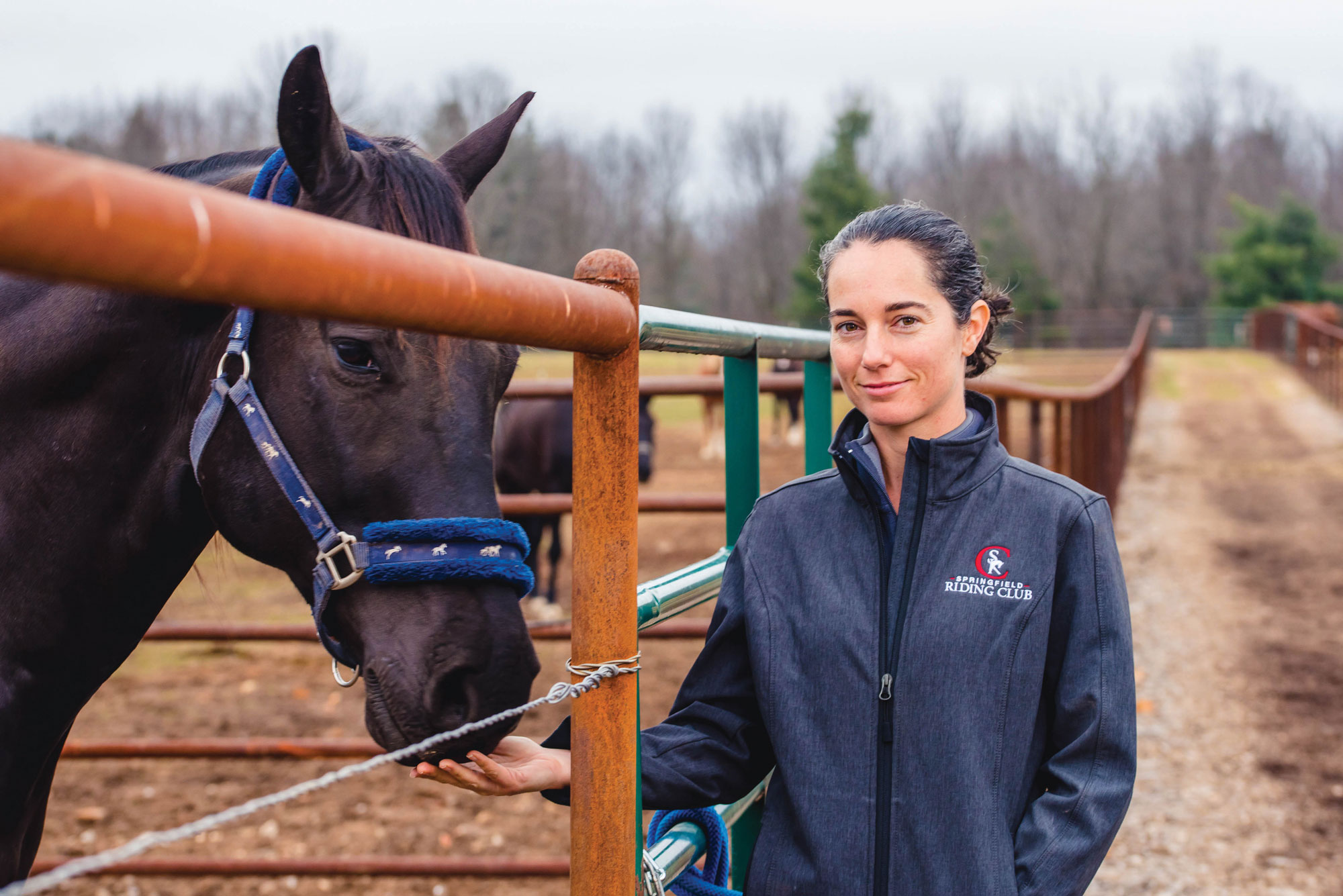
Taking Different Track
January 20, 2018
Written By Adam Buckallew
Elizabeth Brooks wasn’t interested in opening the typical equestrian barn when she started the Springfield Riding Club in Rogersville, Mo. During her time traveling the globe as a professional horse trainer and riding instructor, she saw plenty of new possibilities.
“At most barns, there’s one or two instructors who specialize in teaching one thing and everything is done their way,” Brooks says. “I wanted to break away from that way of thinking.”
The desire for something different led Brooks to loosely model the Springfield Riding Club after German equestrian facilities she had visited in her time overseas. In Germany, it’s not uncommon for multiple instructors and horse trainers to work cooperatively at a single location. Likewise, Brooks and a team of five fellow instructors and four trainers work collaboratively to school their students in the art of horseback riding.
The variety of teaching styles and personalities makes it easier for riders to find an instructor who best fits their needs. While many of the students are beginners, the club also works with competitive riders who specialize in a number of equine disciplines.
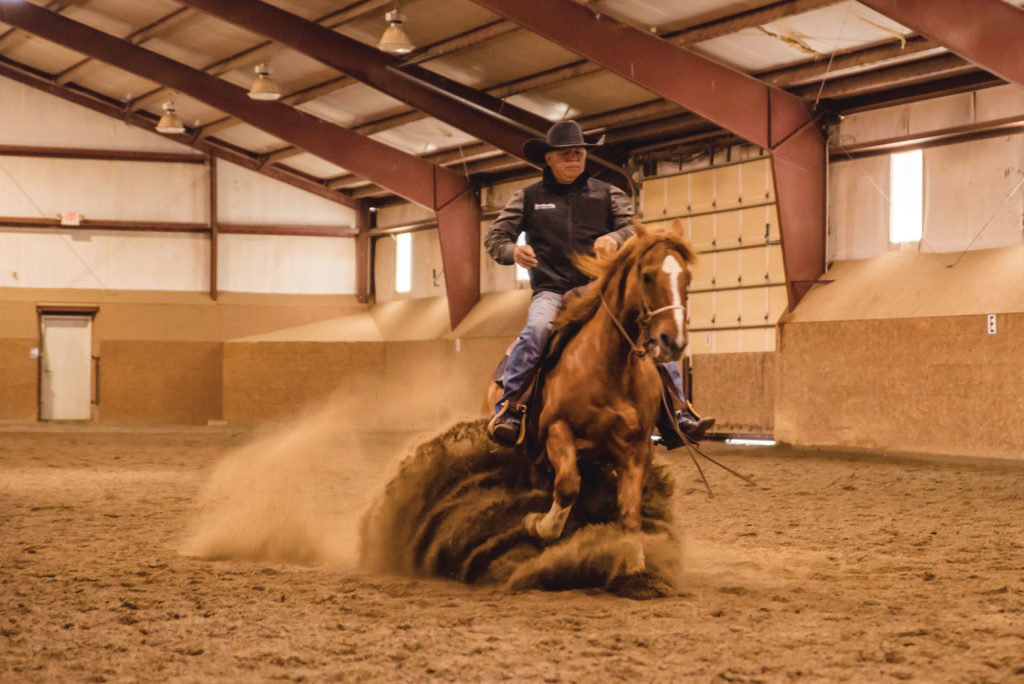 Horse trainer Johnie Clem works with a horse in the Springfield Riding Club’s indoor arena.
Horse trainer Johnie Clem works with a horse in the Springfield Riding Club’s indoor arena.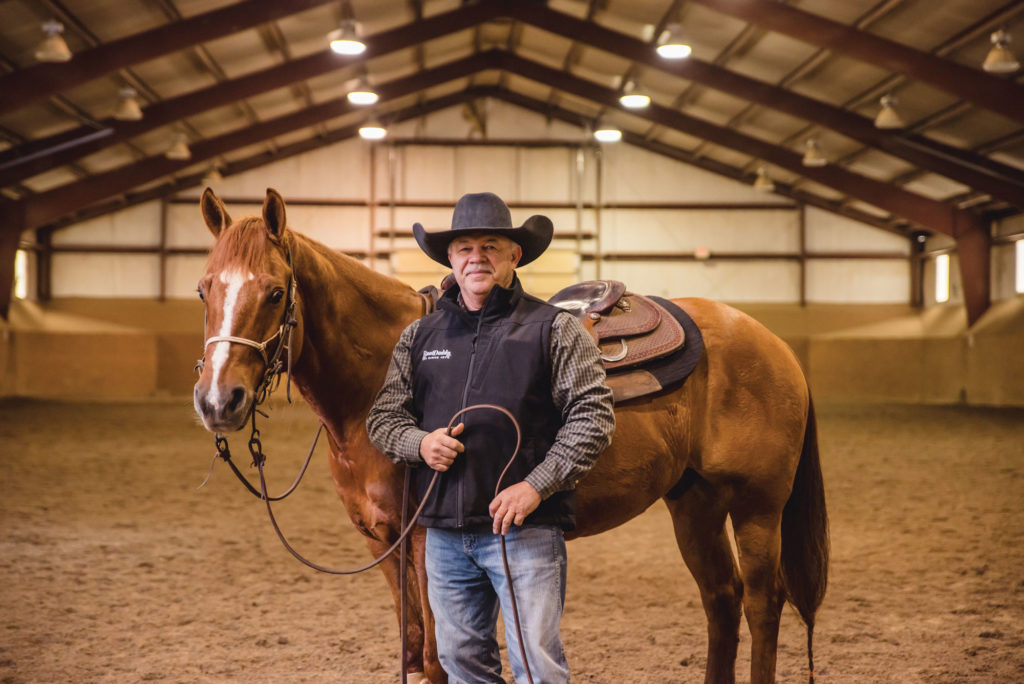 Clem is one of several professional instructors at the club that teaches students the art of horseback riding.
Clem is one of several professional instructors at the club that teaches students the art of horseback riding.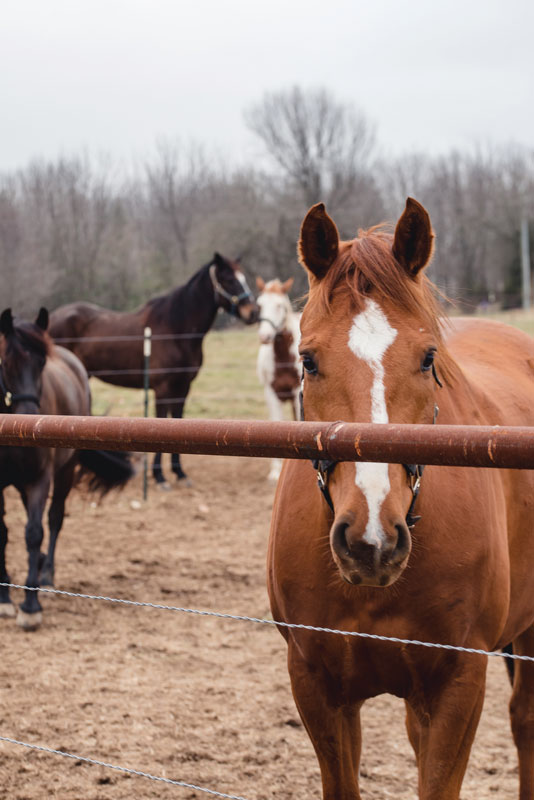 The club offers boarding services for horses in a full-service stable or four pastures.
The club offers boarding services for horses in a full-service stable or four pastures.
Promoting Horsemanship
Brooks began riding horses at the age of four, and teaching the next generation of riders is a passion of hers. One of the challenges she recalls from her early years of riding was the difficulty in connecting with professional instructors. Making horseback riding instruction more accessible was one of the reasons she founded her business in January 2016.
“When I was growing up, the top trainers were basically out of reach,” Brooks says. “You couldn’t access them in any way, shape or form. Our approach helps students more easily connect with instructors who have competitive experience at the national level. We’re trying to build horsemanship in all ages and experience levels.”
The club has 70 students enrolled in its riding program and a waiting list for prospective riders, though Brooks says the waiting period is usually not long. From five-year-olds to 50-somethings, the school has a wide range of students, including all levels of equestrian competency.
Before new riders are ready to saddle up for the first time, they have to learn how to handle a horse on the ground. Once those basics have been covered and the riders are mounted, learning to stay on the horse comes next.
“We try to get people through that phase as quickly and safely as possible, but it’s a physical skill you have to master,” Brooks says. “If you think of it like driving a car, it’s hard to drive if you can’t stay behind the wheel.”
Competitive riders have a different set of needs, and their lessons can look markedly different than those of novices. Instructors at the Springfield Riding Club frequently use video recordings of their more advanced pupils to review their performance. Watching the film together allows these students to see how their technique can affect the horse and how it responds to the rider.
Stable Care
Brooks, who serves as the club’s operations manager in addition to her teaching duties, often finds herself putting in 12-hour days at the facility. She usually arrives at 8:30 every morning and conducts night checks on the horses once the day’s lessons have concluded. Fortunately, she doesn’t have to do it all herself. She oversees a staff of nine reliable caretakers who are dedicated to the daily needs of the 50 horses boarded at the facility.
“Schedule and routine are important for horses. When you get them off their routine, that’s when you run into problems,” Brooks says. “Every morning when I come in, I’m always asking the staff if there are changes so we can stay on top of things.”
The club offers a variety of boarding options, including 32 full-service stable stalls and four pastures. In addition to routine feeding, cleaning and turnouts, horses staying at the club receive hoof care, dental work, annual vaccines, veterinary check-ups and worming.
“Elizabeth and her crew do a great job of handling the feeding, stall cleaning and anything else the horses may need,” says horse trainer and instructor Johnie Clem. “Knowing those things are taken care of allows me to focus on my job without getting bogged down by the day-to-day operations.”
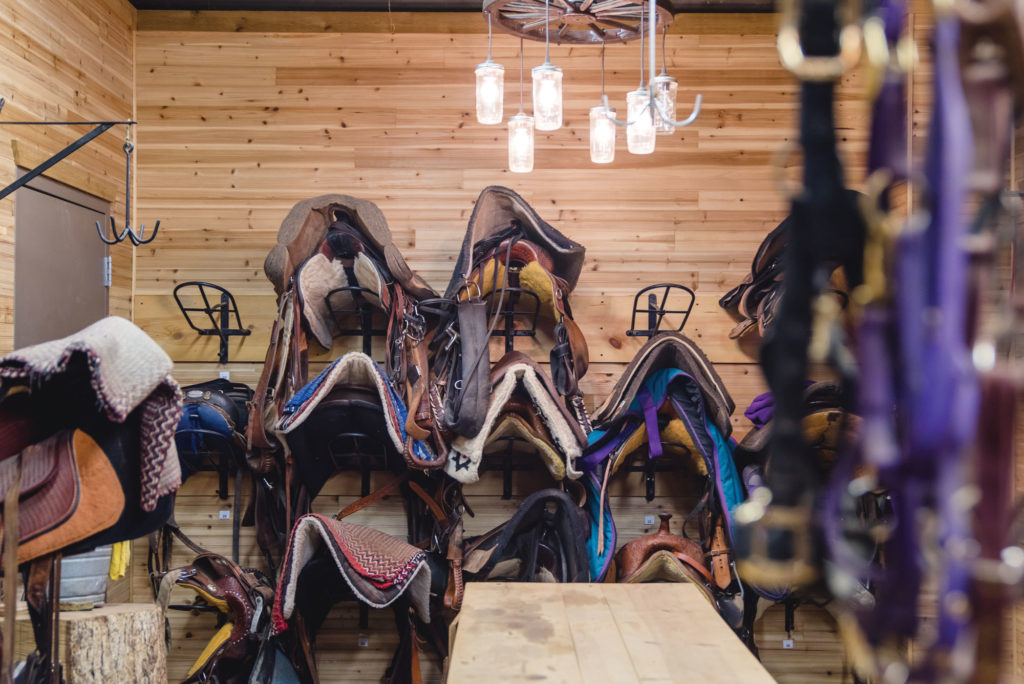 The building housing the riding club was recently renovated and the addition of a cedar-lined tack room was among the improvements.
The building housing the riding club was recently renovated and the addition of a cedar-lined tack room was among the improvements.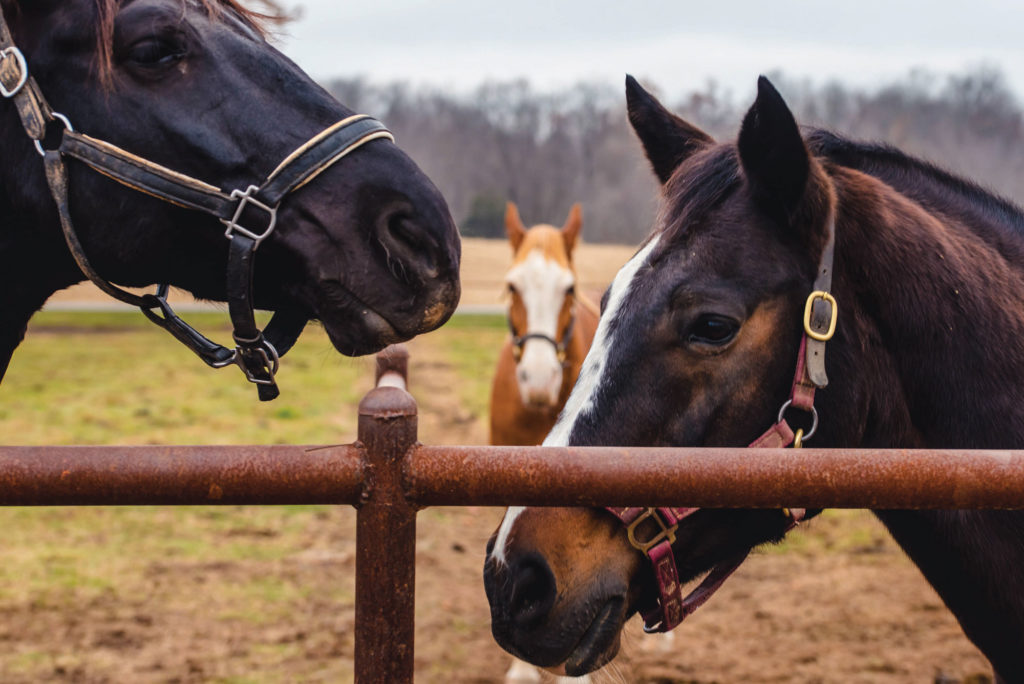
Lessons Learned
“When something goes wrong while you are riding, you have to think about why it happened and how you may have contributed to the problem,” Brooks says. “That’s something a lot of people don’t get challenged with very often. They don’t consider their accountability when things go wrong or what they could do to make it right. Everything a horse does while you are on it is either because of you or the sum of your relationship.”
Many riders also learn about partnership as they develop their bond with their horse.
“You have to build up enough trust with the horse to get it to do for you,” Brooks says. “It’s their prerogative to eat grass and hang out with their herd mates. Everything beyond that is because of you and what you want to do, not what they want to do. There’s a German trainer I know who would tell riders, ‘Don’t forget, you chose the horse, not the other way around.’ You have to appreciate that dynamic and work to build a partnership.”
One of the most rewarding parts of Brooks’ job is seeing the advancement riders make. She has a bulletin board in the hallway leading to the stables where she posts milestone accomplishments for individual riders. One of the most recent additions congratulated a six-year-old rider who had learned to stand up and sit down in the saddle while trotting, which is called posting.
“We started by asking her to post 20 times and we kept pushing her to go for more,” Brooks says. “By the time she was done she had posted 100 times. She was walking around the barn telling anyone who would look at her about her accomplishment.
“It’s a great feeling to see students’ progress. It’s what keeps you going. We have to navigate a lot of safety concerns, but once you move past that stuff and they start really riding, that’s when it really gets fun.”

